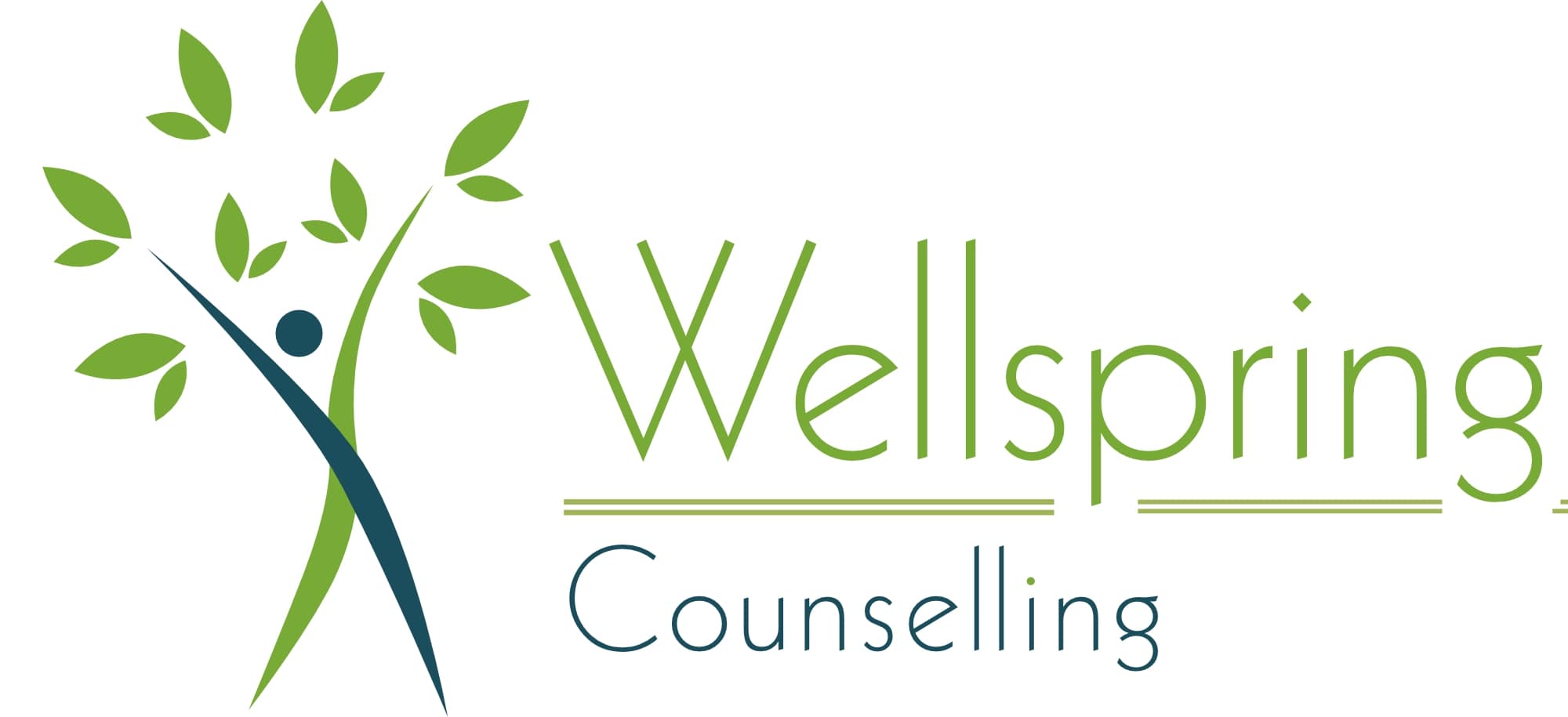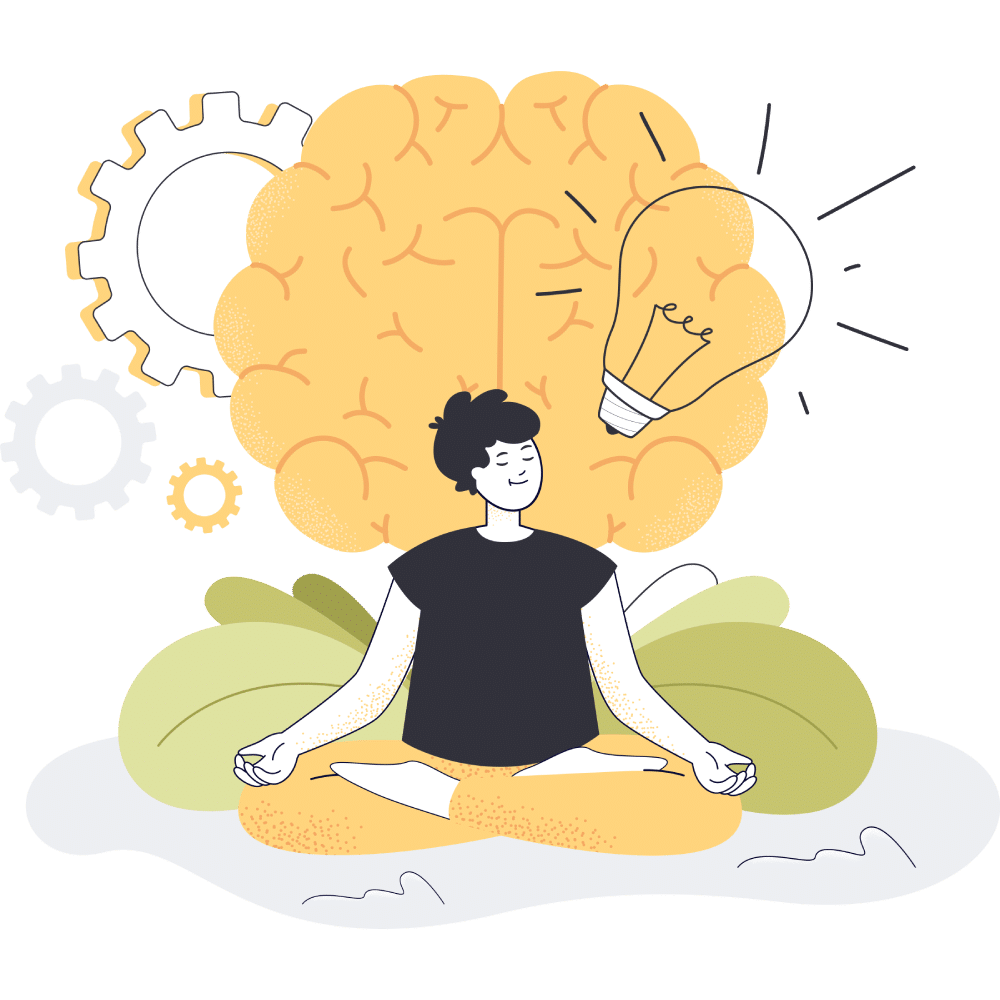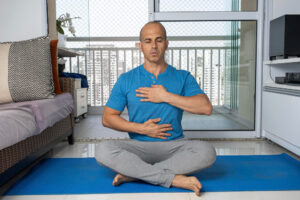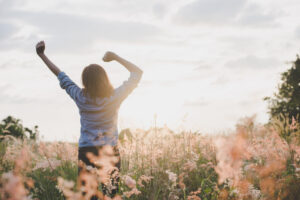Dealing with anger is essential for our well-being. It’s a natural reaction, but if it happens too often, it can cause health problems and damage relationships.
One way to manage anger is yoga breathing, which is part of yoga practice.
In this blog, we will explore the science of anger, the basics of yoga breathing, and specific techniques for handling anger better.
Table of Contents
Understanding Anger and Its Effects on the Body
Anger is a natural feeling that everyone experiences. It can be slight irritation or intense rage. Personal frustrations, perceived injustices, or external events can cause it.
While occasional anger is regular, frequent or intense anger can harm both physical and mental health.
The Physiology of Anger
When you feel angry, your body goes through several changes. This activates the “fight or flight” response, which releases stress hormones like adrenaline and cortisol.
These hormones prepare your body to handle your perceived threat by increasing your heart rate, blood pressure, and energy levels.
But if this response is constantly activated, it can cause health issues like high blood pressure, heart disease, and weakened immune function.
Psychological Impact of Anger
Unmanaged anger can cause problems such as anxiety, depression, and difficulties in relationships. It can also lead to impulsive decisions and aggressive behavior, affecting judgment.
Over time, it can lower your self-esteem and contribute to negative emotions.
The Principles of Yogic Breathing
Yogic breathing, or Pranayama, is vital to yoga. It involves controlling your breath to improve your physical and mental well-being.
The word “pranayama” comes from two Sanskrit words: “prana,” which means life force or vital energy, and “ayama,” which means control or extension.
Pranayama techniques use the breath to regulate the flow of vital energy within the body, promoting balance and harmony.
The Science Behind Yogic Breathing
Modern scientific research has uncovered the benefits of yogic breathing.
Breathing techniques can affect the autonomic nervous system, which controls involuntary bodily functions such as heart rate, digestion, and breathing.
Pranayama can promote relaxation and reduce the stress linked to anger by activating the parasympathetic nervous system.
Types of Pranayama
Nadi Shodhana Pranayama (Alternate Nostril Breathing):
Remember, Nadi Shodhana Pranayama’s breathing technique involves breathing through alternate nostrils. To do this, sit comfortably with your back straight and close your eyes.
Using your right hand, close your right nostril with your thumb and inhale deeply through your left nostril. Then, close your left nostril with your ring finger and exhale through your right nostril.
Next, inhale through your right nostril, close it with your thumb, and exhale through your left nostril. This completes one cycle. Repeat for 5-10 minutes.
Research suggests this breathing technique can improve heart rate variability and reduce stress and anxiety by calming your nervous system.
Reference:
Sharma, V. K., Trakroo, M., Subramaniam, V., & Rajajeyakumar, M. (2013). Effect of alternate nostril breathing exercise on cardiorespiratory functions. Indian Journal of Physiology and Pharmacology, 57(2), 177-181.
Bhramari Pranayama (Bee Breath)
Practice Bhramari Pranayama by sitting comfortably with your back straight, and your eyes closed.
Breathe deeply through your nose and then exhale while humming like a bee with your mouth closed.
Repeat this for 5-10 breaths. Research shows that humming activates the parasympathetic nervous system, which helps reduce heart rate and blood pressure.
Reference:
Kim, S. H., Kim, T. H., Kim, S. H., & Lee, S. M. (2009). The effects of a relaxation breathing exercise on fatigue in patients with multiple sclerosis. Journal of Clinical Nursing, 18(21), 3041-3047.
Ujjayi Pranayama (Ocean Breath)
Ujjayi Pranayama is a technique that involves breathing in and out through your nose while slightly constricting the back of your throat. Here’s how to do it:
- Sit comfortably with your back straight and close your eyes.
- Breathe deeply through your nose, constricting your throat to create a soft hissing sound.
- Breathe through your nose while constricting your throat to make the same sound.
You can repeat this for 5-10 breaths. Studies have found that ujjayi breathing can improve cognitive function and lessen symptoms of anxiety and depression.
Reference:
Streeter, C. C., Gerbarg, P. L., Whitfield, T. H., Owen, L., Johnston, J., Silveri, M. M., … & Jensen, J. E. (2017). Treatment of major depressive disorder with Iyengar yoga and coherent breathing: a randomized controlled dosing study. Journal of Alternative and Complementary Medicine, 23(3), 201-207.
Sheetali Pranayama (Cooling Breath)
Sheetali Pranayama is a breathing technique. To do this technique, sit comfortably with your back straight and your eyes closed. Roll your tongue into a tube shape and stick it out of your mouth.
Breathe deeply through your rolled tongue, then retract your tongue and close your mouth. Breathe out slowly through your nose. You can repeat this for 5-10 breaths.
This breathing technique can lower blood pressure, reduce stress, and promote relaxation. It can also help reduce anger and frustration.
Reference:
Chen, Z., Ni, L., Liu, Y., Wang, Y., Yao, L., & Wang, H. (2021). The Effects of Sheetali Pranayama on Blood Pressure and Cardiovascular Function in Hypertensive Patients: A Systematic Review and Meta-Analysis of Randomized Controlled Trials. Evidence-Based Complementary and Alternative Medicine, 2021.
Integrating Yogic Breathing into Daily Life
Incorporating simple breathing techniques from yoga into your daily routine can significantly help you manage anger. Here are some practical tips for making these breathing exercises a regular part of your life.
Establish a Routine
It’s essential to practice Pranayama regularly. Pick a specific time each day, like early morning or before bed, to do your breathing exercises. This will help you start or end your day calmly.
Create a Calm Environment
Find a quiet, comfortable space for your practice. This will help you focus and reduce distractions. You can improve the atmosphere with gentle lighting, calming music, or aromatherapy.
Start Slowly
If you’re new to Pranayama, start with just a few minutes daily. Gradually increase the duration as you become more comfortable. Listening to your body and avoiding pushing yourself too hard is essential.
Combine with Other Stress-Relief Practices
To maximize its benefits, you can combine Pranayama with other relaxation techniques, such as meditation, yoga poses, or progressive muscle relaxation. Try different combinations to find what works best for you.
Use Pranayama During Stressful Situations
During high stress or anger, practice Nadi Shodhana or Ujjayi breath for a few minutes to help calm down and respond to situations more mindfully. This can be in addition to your regular daily practice.
The Holistic Benefits of Yogic Breathing
Yogic breathing goes beyond anger management and provides holistic benefits for physical, mental, and emotional health.
Physical Health Benefits
Breathing exercises like Pranayama can help improve how well your lungs work and make your heart healthier.
Deep, controlled breathing helps your cells work better and gives you more energy.
Specific pranayama techniques, like Kapalabhati, can help your body eliminate toxins and manage weight.
Mental Health Benefits
Regular practice of Pranayama can help reduce feelings of anxiety, depression, and chronic stress.
Pranayama can also improve focus and cognitive function, helping with better decision-making by promoting relaxation and mental clarity.
Additionally, the meditative aspects of Pranayama can help cultivate mindfulness and self-awareness.
Emotional Health Benefits
Deep breathing exercises can help you control your emotions by balancing your nervous system and reducing reactivity.
This can help you feel calmer and more emotionally stable, making handling difficult situations easier.
Over time, this can improve your relationships and overall well-being.
Conclusion
Yogic breathing, or Pranayama, is a powerful tool for managing anger and promoting well-being.
By understanding the principles of Pranayama and using specific techniques such as Nadi Shodhana and Ujjayi breath in your daily routine, you can gain better control over your emotional responses and live a more balanced, harmonious life.
It’s important to remember that consistency and patience are crucial for experiencing the full benefits of Pranayama. Through regular practice, you can transform your relationship with anger and develop a calmer, more centered mind.




